A brand known around the world, Volkswagen is renowned for its iconic Beetle, cars, and SUVs. For decades, children across the world have spied the roads for the first opportunity to jab their sibling and shout “punch buggy!”
Not many know that the brand behind this charming road trip game had a rather controversial start. Born in the 1930s during Nazi Germany, Hitler himself laid the foundation stone of the first Volkswagen factory. The dictator was intimately involved in planning the design for the first VW, which was aimed at creating an affordable car for the average German family.
During World War II, production shifted to military vehicles, and Volkswagen has since admitted to using slave labor from concentration camps at this time. Despite this tumultuous start (to say the least), Volkswagen remained a prominent German automobile brand.
The VW debuted in the US in 1949, and after an initial lull, popularity took hold about 5 years later. The company’s production expanded, in quantity and design models. Today, they operate worldwide, own prominent subsidiary brands (like Audi, Porsche, Lamborghini, and more), and produce nearly 9 million vehicles annually. We made a rundown of where their manufacturing takes place.
Verdict: Where Are Volkswagen Cars Made?
Volkswagen cars are manufactured worldwide, with the majority being produced in Germany.
There are over 100 manufacturing plants located in 27 countries, including the United States. Remember that VW owns other notable vehicle companies, and the totality of these manufacturing sites likely produces a range of models under these other brand names.
Beginning in 2011, Volkswagen opened operations at a facility in Chattanooga, Tennessee. The facility is used for the assembly of various models, mostly electric vehicles, including the Atlas, Atlas Cross Sport, and ID.4.
The Chattanooga plant employs around 3,800 people. The cars manufactured here are sold in the US and also exported to other countries, including Mexico, South Korea, and more.
Previously, VW also owned a manufacturing plant in Westmoreland County, Pennsylvania. This location had an annual capacity of 200,000 cars per year. However, due to declining sales at the time, VW decided to close this facility in 1988.
Volkswagen’s main production site in Wolfsburg, Germany, is the largest single car manufacturing complex in the world. The facility, which was opened in 1938 when VW was founded, now employs 11,500 people.
Volkswagen Manufacturing Plants In The USA
| Facility Name | Location | Annual Production Capacity | Primary Models |
| Chattanooga Operations LLC | Tennessee | 175,000 | Atlas, Atlas Cross Sport, ID.4 |
International Volkswagen Manufacturing Plants
VW operates around 100 factories worldwide. Here is a list of some of the top producers for the Volkswagen brand:
| Facility Name | Location | Annual Production Capacity | Primary Models |
| Wolfsburg | Germany | 490,000 | Golf, Touran, Tiguan |
| Zwickau | Germany | 300,000 | Electric models |
| Puebla | Mexico | 349,200 | Jetta, Taos, Tiguan |
| Września | Poland | 100,000 | Crater, MAN TGE |
| Anhui | China | 350,000 | Electric models |
How To Tell Where Your Volkswagen Car Is Made
The Vehicle Identification Number (VIN) for your Volkswagen vehicle can usually be found on a metal plate on the dashboard. Look through the windshield from the outside, at either the driver’s side or the passenger’s side, to locate this plate. You may also check the engine bay or door jamb.
You can use your vehicle’s VIN to learn more information about the specific car that you have, including where it was made. A free service, like faxvin.com, can inform you about your car’s country of origin and more!
Other Manufacturers
- Kia Motors
- Honda
- Toyota
- Nissan
- Subaru
- Hyundai
- Ford Motor Company
- Dodge Trucks
- Chrysler
- Jeep
- Chevy
- Tesla Motors
- Rivian
- Mazda
- Audi
- Porsche
- BMW
- Jaguar
- Land Rover
- Mercedes-Benz

